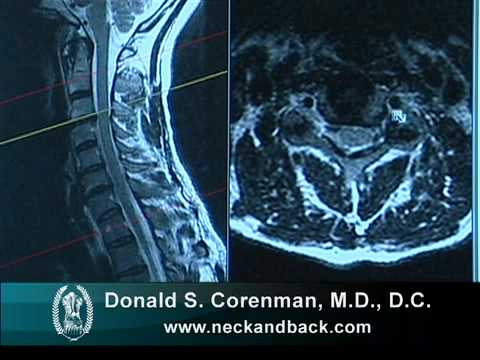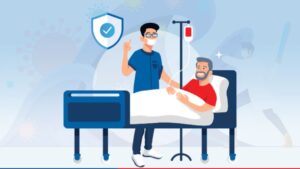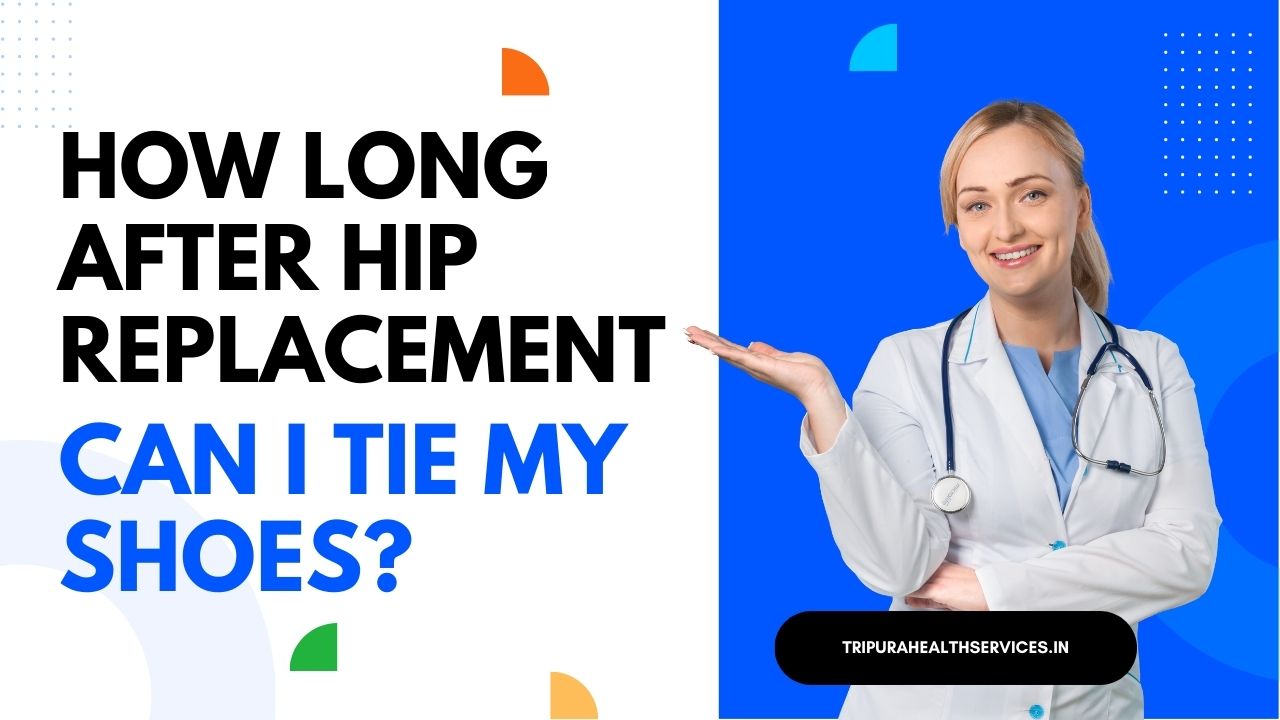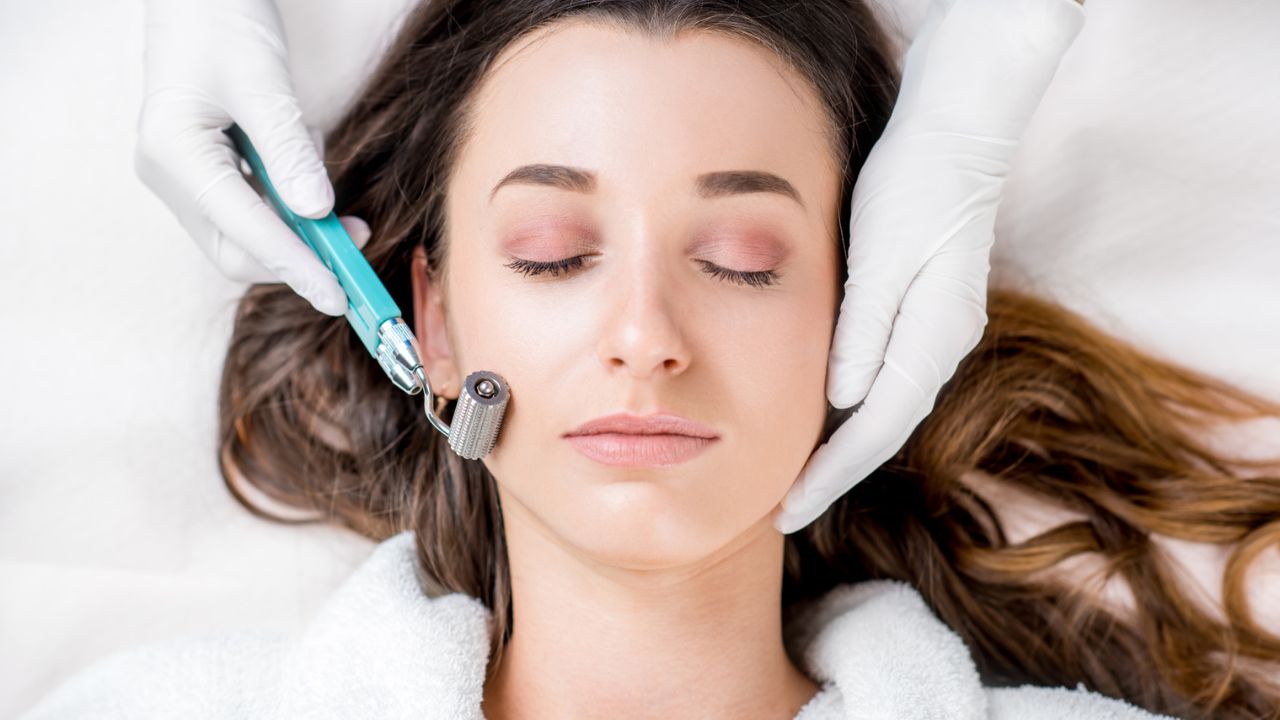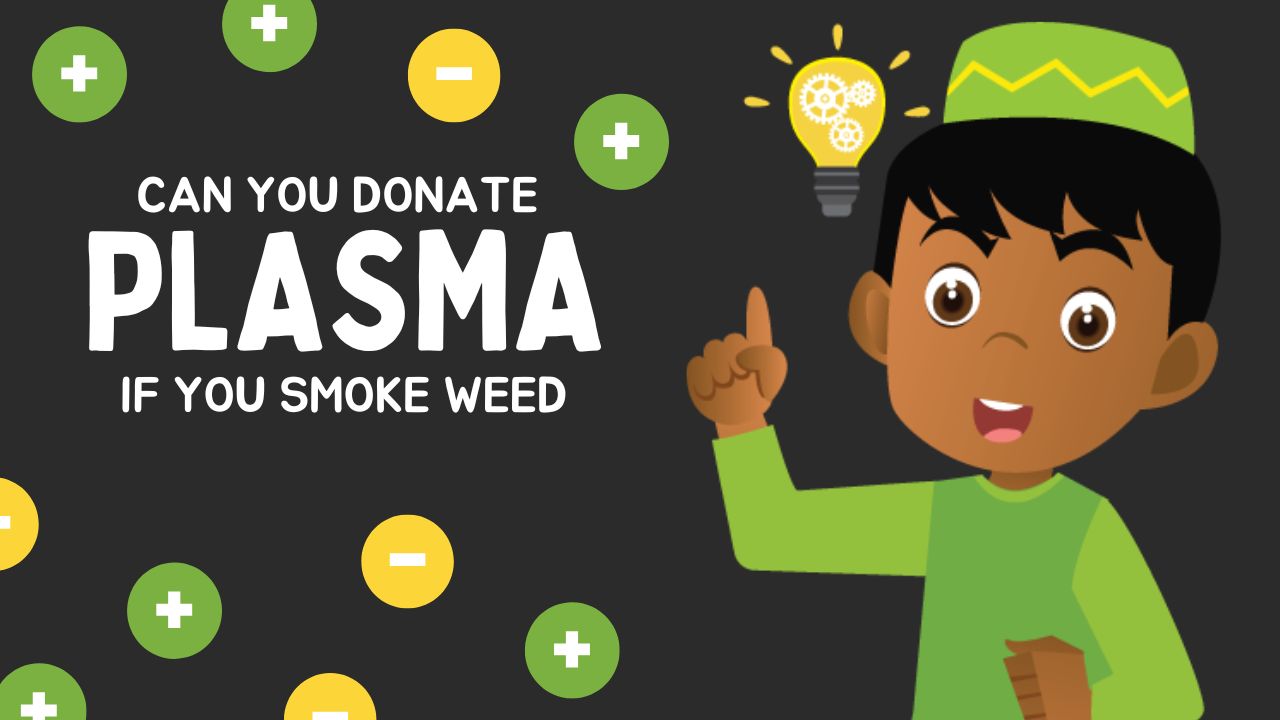How Do You Remove Face Blood Vessels?
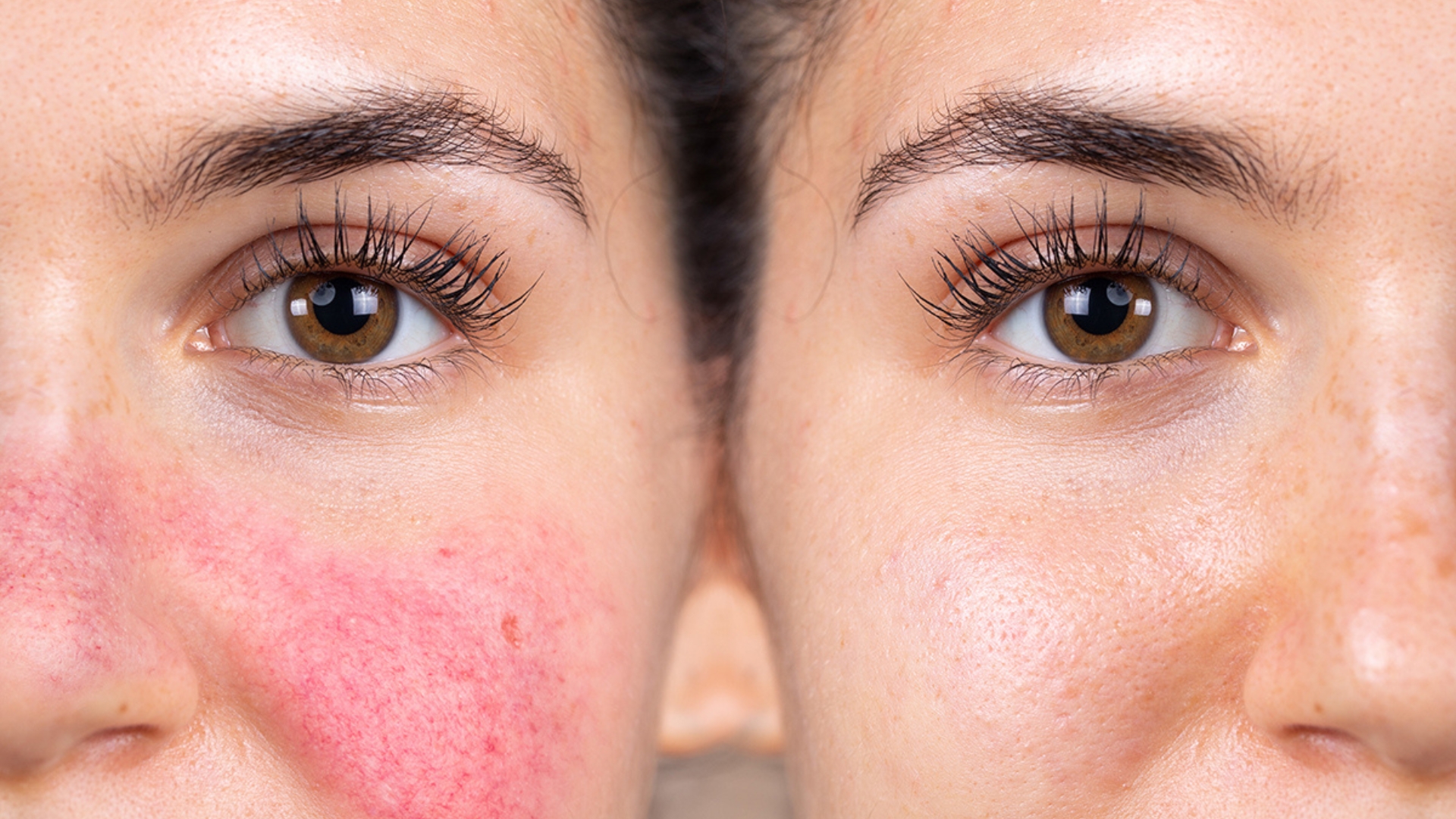
A broken blood vessel, commonly known as spider veins or telangiectasias, is a common skin ailment that does not pose any health risks. They appear on the face as a result of blood vessels becoming dilated, or expanded, just below the surface of the skin. Even while broken blood vessels are mostly an aesthetic concern, they can be indicators of underlying medical issues.

How do blood vessels break?
The cheekbones, nose, and chin are the most common locations for blood vessels to burst at any age, despite the fact that this condition can affect any portion of the face. They are able to afflict people of any gender and any skin type. However, there are a few potential dangers involved.
Genetics: Broken blood vessels tend to run in families and become more common as people get older.
Pregnancy: Because of the natural rise in estrogen that occurs during pregnancy, a woman’s risk of experiencing ruptured blood vessels is increased. After delivery, in many cases, the symptoms disappear.
Sun exposure: Sun exposure can cause damage to collagen over time, which can result in the skin becoming thinner and blood vessels being more visible. This process is known as photoaging. Additionally, exposure to UV radiation can damage blood vessels, which might cause them to dilate.
Harsh weather conditions: Both extreme cold and heat have the potential to cause blood vessels to expand.
Alcohol: Consuming alcohol results in the widening of blood vessels.
Smoking: Similar to the way that UV radiation can harm collagen, smoking can cause blood vessels to expand. In addition to this, it causes the skin to become thinner, which makes it simpler to observe the blood vessels.
Rosacea: Rosacea is a skin ailment that causes flushing, redness, burst blood vessels, and pimples. Rosacea can be genetic.
Environmental irritants: Irritants in the environment, such as chemicals, can cause blood vessels to expand and become more open.
Trauma: Any damage or trauma to the face, such as picking at a pimple, can cause the blood vessels to expand and become more visible.
Vomiting, sneezing, or coughing: They contribute to a rise in pressure within the body, which in turn causes the blood vessels to become more expansive.
Medical conditions: There are a number of extremely rare medical conditions that have been linked to broken blood vessels, including Ataxia-telangiectasia syndrome, Bloom syndrome, Sturge-Weber syndrome, Xeroderma pigmentosum, Cutis marmorata telangiectatic congenital, Osler-Weber-Rendu syndrome, Klippel-Trenaunay-Weber syndrome, Port-wine stain, lupus, and CREST
What causes broken blood vessels?
Your doctor diagnoses broken blood vessels visually. A biopsy or additional testing is not required unless other medical conditions are suspected. If you develop broken blood vessels, see your doctor so he can check for other causes.
Can blood vessel breaks be avoided?
Broken blood vessels can sometimes be avoided, but not always. There is nothing you can do to stop them if you are genetically predisposed to having them. Here are some methods to stop them:
- Sun protection and sunscreen.
- Reduce or stop drinking alcohol.
- Avoid smoking.
- Avert facial injuries. Avoid picking, rubbing, and skin scrubbing.
- Defend your face against extreme weather. Avoid excessive temperatures. Use a nice, thick moisturizer to preserve your skin, for instance, if you are skiing in a cold, windy environment.
- Take care of the rosacea. Your doctor may give you prescriptions for lotions or medications to help manage your rosacea. Additionally, your doctor may suggest treatments like aloe vera to soothe and relax your skin.
- Avoid vasodilators like caffeine and spicy foods that might widen your blood vessels.
How are blood vessels that have broken treated?
There are numerous ways to repair blood vessel damage. They can fix already-broken blood vessels but cannot stop new ones from growing.
Laser, LED, and intense pulsed light (IPL) treatments: These treatments make use of wavelengths of light that direct their attention, especially to the hemoglobin found in the blood vessels. Because of this selectivity, any injury to the skin that is nearby is avoided. These therapies cause the blood arteries to become damaged, which causes them to close. They will be reabsorbed by your body over the course of the next few weeks.
Vitamin C: Vitamin C is an antioxidant that aids in protecting the skin from the damaging effects of ultraviolet (UV) radiation. In addition, it is essential for the creation of collagen, which plays a role in the fortification of blood vessels.
Sclerotherapy: In order to cause damage to the blood arteries, sclerotherapy entails injecting fluid directly into them. Over the next few weeks, the damaged blood vessels will eventually seal and be reabsorbed by your body.
Retinoids: The creation of collagen, which helps to keep blood vessels healthy, is stimulated by retinoids.
Broken blood vessels are a common but harmless skin problem that, in the event that they become bothersome, can be addressed by your physician. It is very improbable that they will go away on their own without treatment in the majority of situations. If you notice any damaged blood vessels, you should make an appointment with your primary care physician to rule out the possibility of any underlying medical conditions.
- Your Ultimate Guide to Travel Insurance for Adventure Sports
- A Guide to Renters Insurance for Pet Owners: Pet-Proof Your Policy
- Safeguard Your Future: Understanding Identity Theft Insurance
- Safeguard Your Event: Understanding Event Cancellation Insurance
- Everything You Need to Know About Critical Illness Insurance Riders
- Home Equity Loans vs. HELOCs: Which is Right for You?
